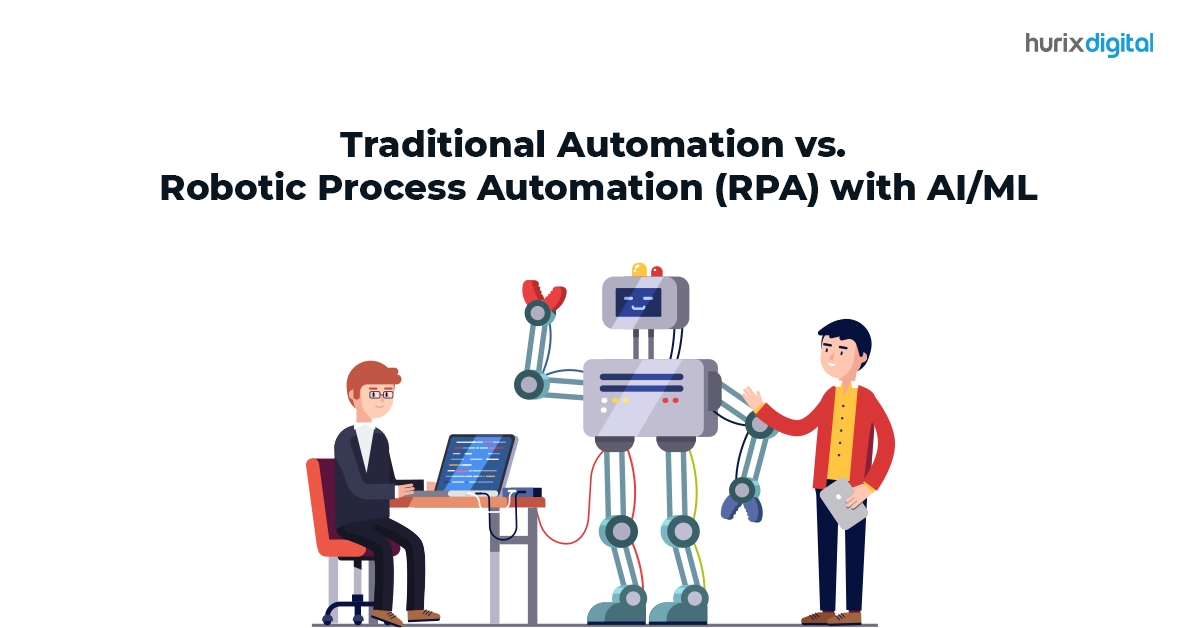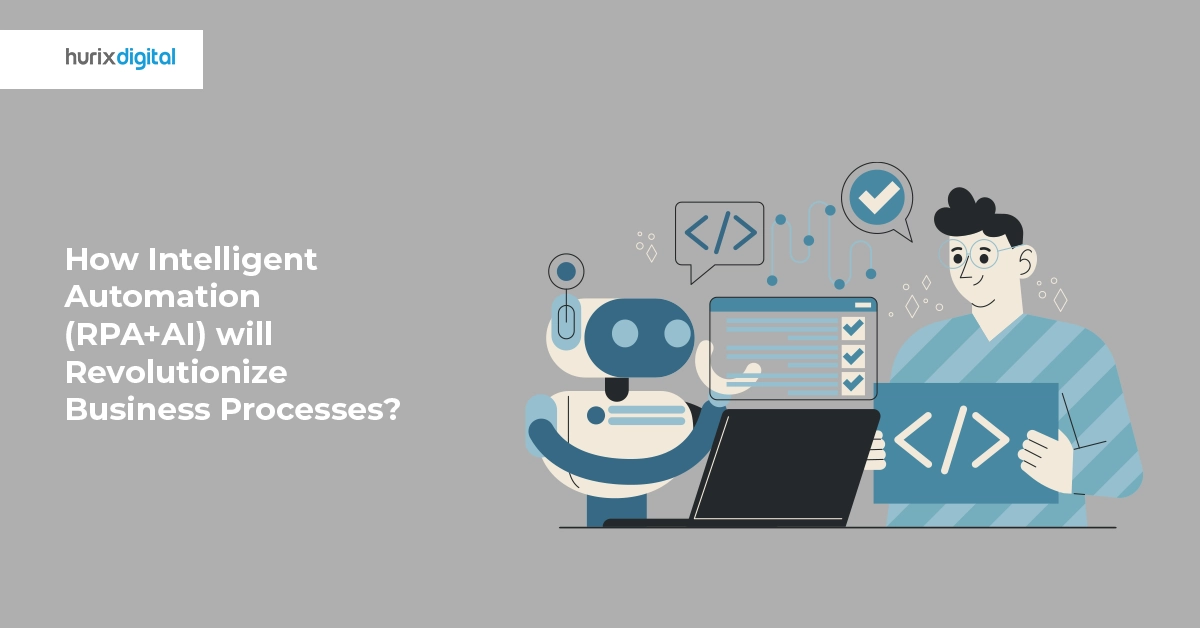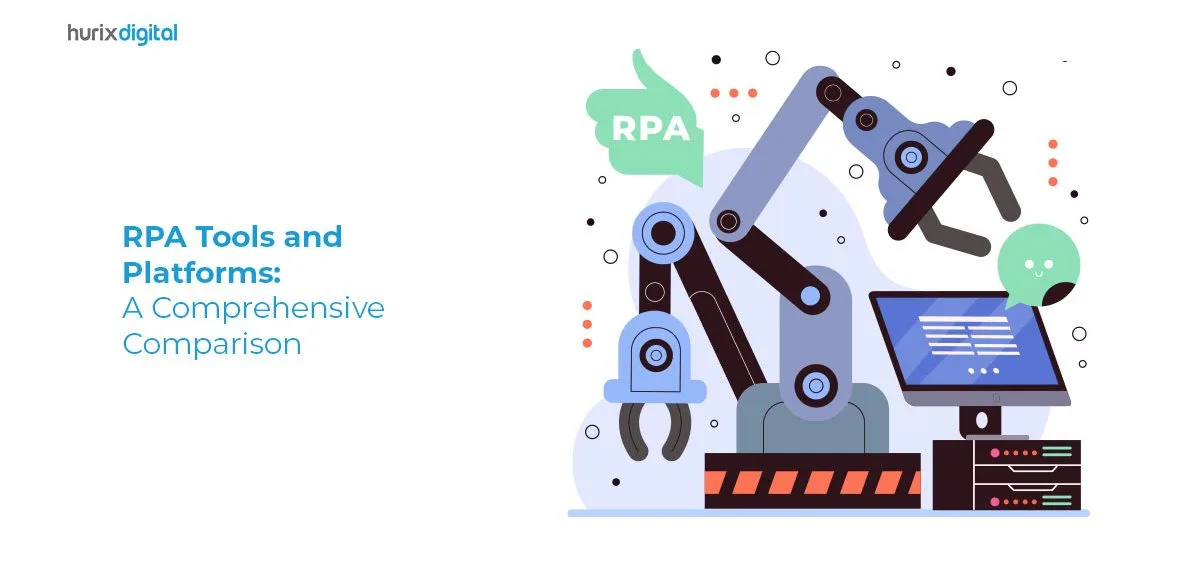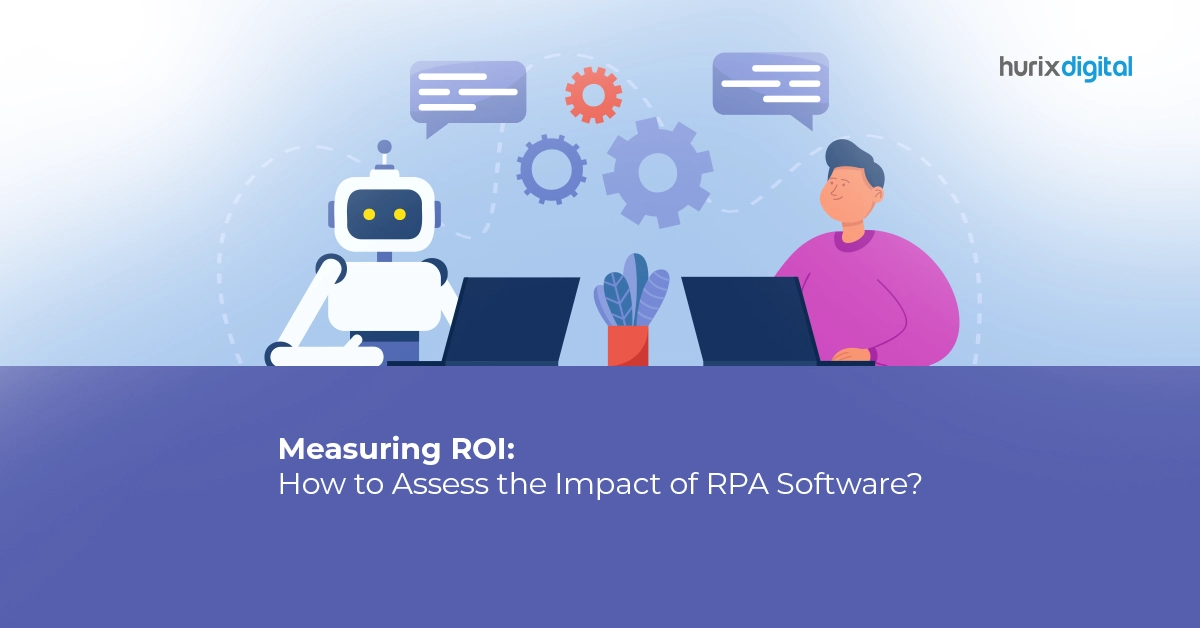Summary
The blog post discusses the benefits of Robotic Process Automation (RPA) in the higher education sector. It highlights how RPA can automate repetitive administrative tasks, streamline workflows, and improve operational efficiency. By implementing RPA, colleges can optimize resource allocation and enhance productivity in various administrative processes.
With Robotic Process Automation or RPA, university staff finds themselves equipped with a tool that not only simplifies their work but also saves a considerable amount of time and resources.
The need to deliver excellence has led many higher educational institutions to adopt newer technologies over the years. While these technologies have delivered significant benefits toward student learning, the teachers and other staff too, need some respite from time-consuming processes such as administration and student servicing. Technology has helped reduce the cost per student, enabling institutions to utilize the resulting savings for infrastructure upgrades, enhancing the learning experience, etc.
RPA can be utilized in every department of the institution such as finance, admission, teaching, and various tasks such as student acquisition, engagement, onboarding, etc. RPA can perform high-volume tasks and processes without continued human presence. It acts like a virtual employee that supports the faculty and staff to provide students with a high-quality education.
Also Read: Top Higher Education Trends Emerging in the Post-Covid Era
Table of Contents:
Uses of RPA in Higher Education
We will now look into some of the use cases of RPA in higher education:
1. Student Acquisition
The student acquisition process usually involves several labor-intensive tasks. The admin staff has to go through individual student application forms, assess and validate the documents, check their eligibility for the applied course, shortlist candidates, etc. They may also find themselves overburdened with multiple roles during peak seasons which fluctuate over the academic year. Also, manually performing these tasks may result in delayed responses, depending on the volume of work on that particular day and the available capacity.
RPA can help reduce this workload. Using RPA, you can set up bots, and define parameters for evaluating and cross-checking application forms, checking the eligibility criteria, and shortlisting candidates. These virtual bots enable elastic scalability on demand. This means, if on a particular day, there are too many applications to evaluate, the bots can do it efficiently. There would be no need to hire additional resources or add to your existing resources’ workload. This automated process results in quick turn-around time compared to manual efforts and helps save a significant amount of cost while ensuring process accuracy.
2. Student Servicing
An educational institution has to have an efficient system to manage the student servicing process. Student servicing includes various things such as dorm room allocation, class schedules, attendance, reminders, sports, internship, job applications, travel requests, other benefits, etc. Automation can help the staff in the smooth processing of all these services, such that each student’s needs are looked after properly.
For instance, institutions have to maintain an attendance record of not only the students but also the faculty and admin staff. Automating the attendance tracking process will give you accurate data on the time logged in by the staff. RPA technology can automatically mark attendance when a student enters the premises. You can set up the tool such that it sends out automated notifications and reports to parents, students, and teachers in case the attendance is below the minimum percentage required.
3. Financial Reporting
Several students apply for financial aid and student loans. The admin staff has to go through each of the forms, check the eligibility criteria, and process it further. This process often takes up a lot of time.
Once again, educational institutions can leverage RPA to automate these tasks. RPA can also be used to automate payroll processing, vendor management, etc. You can check the institution’s financial statements against the ledger to identify duplicate or non-compliant invoices.
4. Processing Grades
RPA can be used to automate student reports with grades extracted from the database. Instead of faculty members manually putting grades into each student’s report, RPA technology helps make the job easier and more efficient. Also, the tool can automatically send the reports to the student’s parents.
5. Virtual Assistants
Virtual assistants include chatbots, SMS bots, ringless voicemails, etc. They are used to reduce the human efforts involved in answering queries. A chatbot essentially simulates human conversation. It can answer general queries from students, staff, and website visitors related to admission schedules and processes, course information, etc.
Instead of assigning a staff member to answer these queries, these virtual assistants, with the help of NLP and AI, can understand the natural language, learn from past data, and respond to queries appropriately.
6. Setting Up Meeting Schedules
An educational institution organizes several meetings throughout the year, including parent-teacher meetings, board meetings, faculty meetings, and so on. In a typical scenario, a member of the staff will have to check the availability of the attendees, prepare a schedule, and send out email invites.
RPA can perform this task by checking everyone’s schedule and drafting an email communicating the time and location of the meeting. In case of a change in the time or place, the tool can reschedule the meetings effortlessly.
Also Read: Best Practices in Online Curriculum Development for Higher Education
Conclusion
Automation eliminates inefficiencies in mundane tasks. RPA works as a virtual workforce, available 24×7, can be elastically scaled up and down when needed, and helps you get your work done quickly and with accuracy. Several schools and universities that have quite a reputation for their educational offerings are often dabbling in a less modern way of operation. By leveraging RPA, they can immensely improve the quality of their operations and enhance the efficacy of the services offered.
HurixDigital uses various tools and platforms like UI Path, Automation Anywhere, and Work Fusion to add value and bring in cost efficiencies through RPA. We recently helped one of our clients automate their student acquisition process, resulting in significant cost savings from manual labor reduction. By creating a systematic workflow using Bots to process document-related activities, we helped in improving the efficiency in verifying and validating the information embedded in the document. Automating the document verification process also led to a decrease in human error rates and consistent and predictable results.
Thus, RPA serves a lot of benefits. It promises greater speed, accuracy, and efficiency.
Get in touch with us at marketing@hurix.com to find out how we can help you leverage RPA in your institution.
Need to know more about our Products & Services? Drop us a Note.











